New York Dynamic Neuromuscular Rehabilitation & Physical Therapy
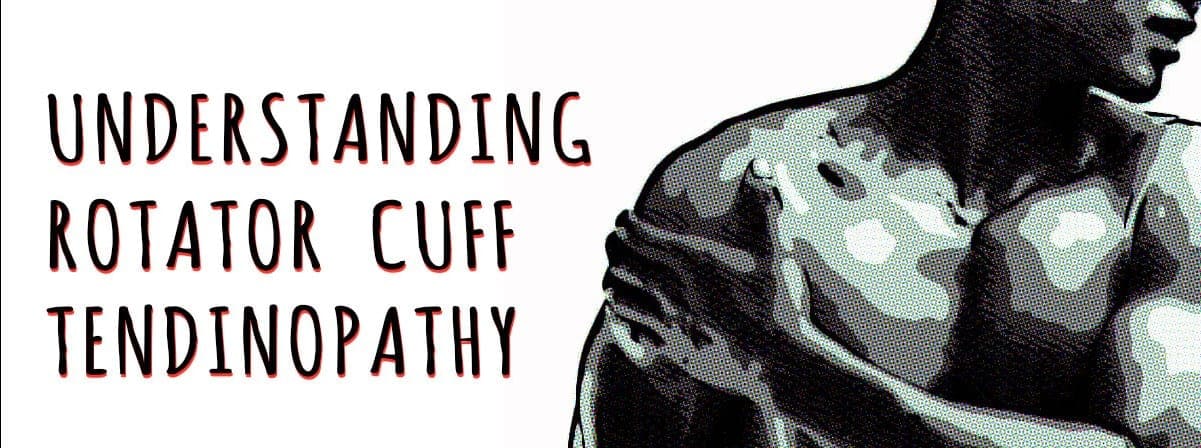
Your rotator cuff is the group of four muscles that cause your should joint to rotate internally (toward your trunk) and externally (away from your trunk). When the rotator cuff muscles and other muscles associated with them get out of balance, either from under- over- or misuse, they begin to cause pain in your shoulder […]
Read More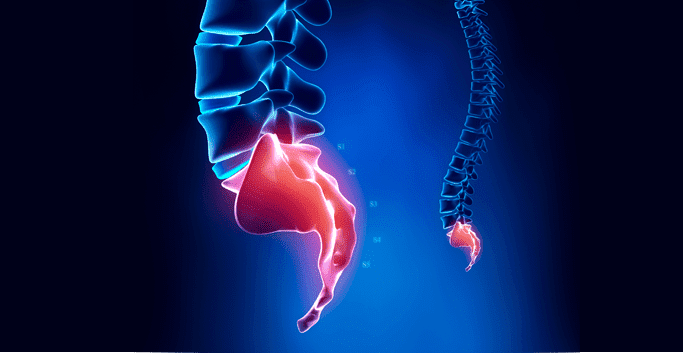
A painful condition called coccydynia is truly difficult tolerate. It actually is prompted by inflammation situated in your tailbone. Despite all the guessing about it, the most frequent reason for it is plain trauma a fracture, a heavy fall. This non-sto coccyx pain interference with your daily life. Anatomy of Coccyx Spinal column ends with […]
Read More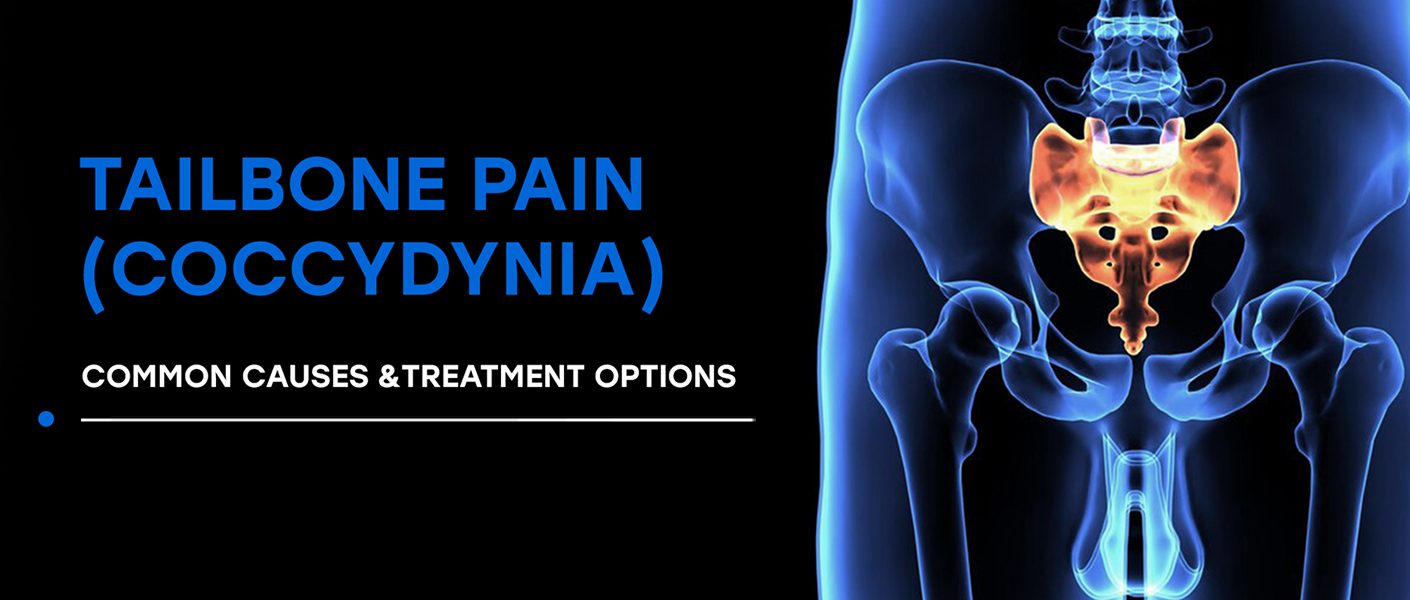
The coccyx – aka tailbone – is the bony segment at the very end of the spinal column, right below the sacrococcygeal joint, consisting of 3-5 segments. Coccydynia refers to pain in the coccygeal bone and/or its surrounding tissues. In most cases, tailbone pain has an acute onset due to traumatic injury, and most cases […]
Read More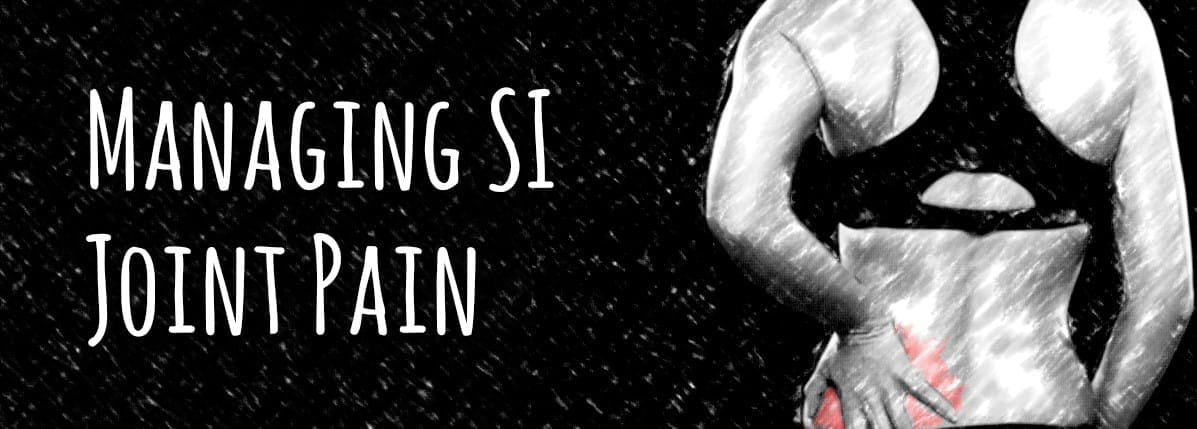
Your sacroiliac, or SI joints create the junction between your spine and your pelvis. Although limited in movement, SI joints play a vital role during physical activity, absorbing shock from impact forces and transferring upper body forces to the pelvis and lower extremities. Your SI joints are supported by a strong network of ligaments and […]
Read More
A pinched nerve may be easy to sleep. Here are a few things you can do. How to sleep with pinched nerve in neck
Read More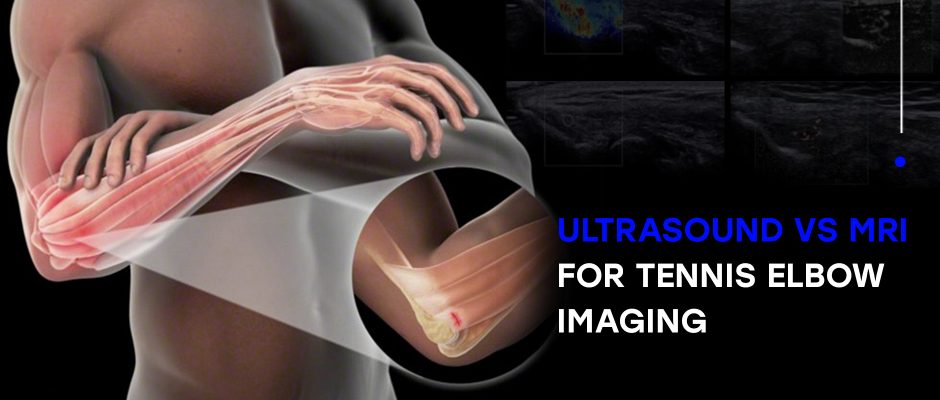
Chronic lateral epicondylitis — aka tennis elbow – is a painful condition caused by repetitive overuse of the forearm wrist extensor muscles that attach to the epicondyle of the humerus bone, just above your elbow. Although tennis elbow can occur at any age, the condition is most commonly reported in adults aged 35-60. Despite its […]
Read More
Hamstring strains are common in sports like football, soccer and other sports that demand high speed kicking, rapid directional changes, and quick deceleration. Dancers are also prone to hamstring strains, with 34 percent reporting at least a single incident. Once an athlete injures a hamstring, re-injury risk goes up, causing the athlete to play. The […]
Read More